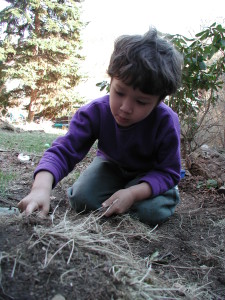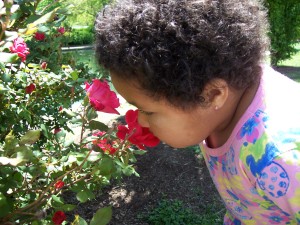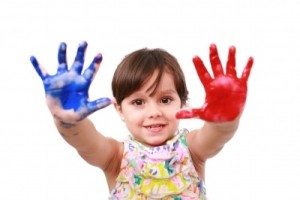Ok, lots of families have been asking me about art supplies, and what to buy, and what to keep on hand. So great idea for a web post!
Here are the supplies I suggest you keep around, from the bare minimum, to some store-bought special items. But remember, with the bare basics, you can do lots of art!
So here is the Bare Minimum Art Cabinet for a family:
Food colors ( a necessity for so many projects! )
Paper (get paper when you buy groceries and cut it into drawing and craft paper at home… also ask around for paper! Stores often have out of date flyers and will gladly share them for your child’s art!)
Salt (cheapest non-iodized salt you can find!)
Flour (I buy the cheapest white flour for art and save the better flour for cooking…)
Baking soda (I but the largest amount I can afford – this stuff is in so many projects!)
Vinegar (see above! get the most you can as you use this so much!)
Corn starch (another essential, so buy a big box!)
Home recyclables – any and all! Peanut butter jars and cardboard cereal boxes and toilet paper rolls and paper towel rolls and parmesan cheese jars and margarine tubs and soda bottles and plastic lids of any shape and size! Save junk mail for paper or for crafting! Use #6 plastic from your veggies and fruit to use as a cheap shrink dink! Keep this stuff and glue it, paint it, smear it, and use it to store your art supplies as well!
And there you have it! With the above essentials, you can make all types of paint, watercolors, play dough, goop, paste, glue, slime, sensory activities, fun paintings… So I really recommend trying to keep these supplies on hand!

Now for the extras, things to pick up when you see them on sale, or when you notice someone throwing them away (cheap!), or I have pulled things out of other people’s trash. I especially “rescue” other people’s large boxes, those big plastic laundry jars people toss out, and any paper I see. So don’t think “extras” means paying out big $$$. Not at all.
Paint brushes. These are hard to find, not always easy to make (though be creative, as flowers, q-tips, sponges and just plain old fingers also work), and for some special art projects paint brushes are nice to have.
Tape. I prefer duct tape, which can be expensive, but then again ask all the shop guys in your life for the end of their rolls. Also scotch tape and painter’s tape can be handy.
Q-tips. Some families always have these, but not all, so I don’t list them as a basic. But q-tips make great paint brushes as well as fun ways to smear any type of slime or goop. If you have a kid who is a bit timid about touching goop, q-tips work (but so do spoons!)
Adult glue. You can make all the paste you want with flour and water, or glue as well, but for some fun art projects having a good adult glue about is great. I am thinking Aleene’s craft glue (nope, I’m not an affiliate) or any other kid safe glue that is strong and holds well. No! Don’t think crazy glue! I have heard horror stories about some of the super glues out there, so stick to stuff that is safe, though still more for adults.
Kid glue. I don’t use kid glue to glue – that is what homemade is for. But if you have one of those kids who loves slime and goop recipes, then watch for a Michael’s 50% off coupon and buy kid glue by the gallon. It comes in handy to make glitter glue paint, and is essential for some slime recipes.
Straws. Kids’ plastic drinking straws aren’t a necessity, but they can be so much fun. They look great on glue sculptures, and make great beads to string for necklaces. They also work great to blow glue, or paint, and you can make some fun balloon rockets. If you see sale straws, grab ’em.
Clear Contact paper. This is another great fun material. Buy it on sale at Walmart or Michael’s. You can use it to make fun placemats, sun catchers in the window, neat paintings, and it is wonderful for kids who struggle with glue mosaics.
Shaving cream. The all time most fun substance for some kids – gooey, wet, takes food colors well, can be used to clean the table or in the tub. I buy the cheapest I can find, and save it for those long rainy days when kids need something really fun.
Tissue paper in many colors. Again, don’t buy paper for drawing – too many stores will gladly share with you. But tissue paper makes a great material for watercoloring and for glueing. It goes on sale at Walmart regularly, so just watch for sales.
Construction paper. This is a pretty standard thing for parents to buy, but it isn’t necessary for many projects. But if you do want to add to your art supplies, it can come in handy. Buy on sale or save your coupons.
Stamp pads. Most any paint will work for stamp art, but sometimes permanent stamp pads are useful for making a special mother or father’s day gift, or for permanent art. These require supervision, kinda like sharpie markers, so use and buy sparingly.
Crayons. A lot of kids on the autism spectrum do not have the hand strength to use crayons well. So I don’t really suggest buying these except for special projects. On the other hand, old crayons are easy to buy at Goodwill or garage sales, and they are fun for things like melting into rainbow crayons or ironing in wax paper….
Markers. Cheap kids’ markers at Walmart or Michael’s are useful for the days when you don’t want to mix up another jarful of food coloring and water. But these can be expensive. My solution is to buy five boxes when on sale at the back-to-school sales in late summer, when you can get these boxes of markers for $1. Hide the boxes and try to remember where you hide them!
I’ve included a great pic from an organized mom’s blog – definitely not like me! My art supplies are always falling out of cupboards! But think of fun and easy places to store art supplies, and remember to fill up with the junk from the recycling bin!
Art is too important for our children’s development to NOT try fun art projects almost every day. You don’t need lots of cash, just lots of imagination. Share with the kids on those grumpy days when everyone has the blues. I recommend doing some kind of art every single day – it will make a huge difference in your day, in your kids’ skills, and it doesn’t have to cost much at all.

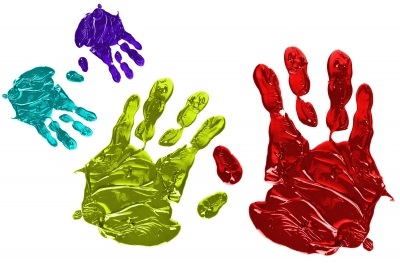


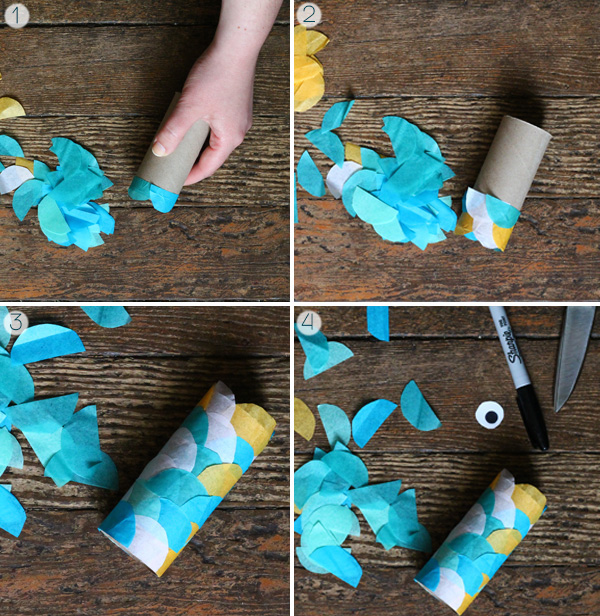


_playing_lg.jpg)
